- The Rundown AI
- Posts
- Karpathy's advice for the AI classroom
Karpathy's advice for the AI classroom
PLUS: Turn any UI into a landing page with Gemini 3 Pro
Good morning, AI enthusiasts. Teachers have been fighting a losing battle against AI-generated work — and one of the field's leading voices says it's time to give up.
Former OpenAI researcher Andrej Karpathy called AI detection tools “doomed to fail,” calling for the education system to rethink how grading and testing are handled in a world where students all have the technology at their fingertips.
In today’s AI rundown:
Karpathy urges schools to ditch AI homework detection
Harvard AI pinpoints disease-causing DNA mutations
Turn any UI into a landing page with Gemini 3 Pro
MIT index exposes hidden AI iceberg hitting workforce
4 new AI tools, community workflows, and more
LATEST DEVELOPMENTS
AI & EDUCATION
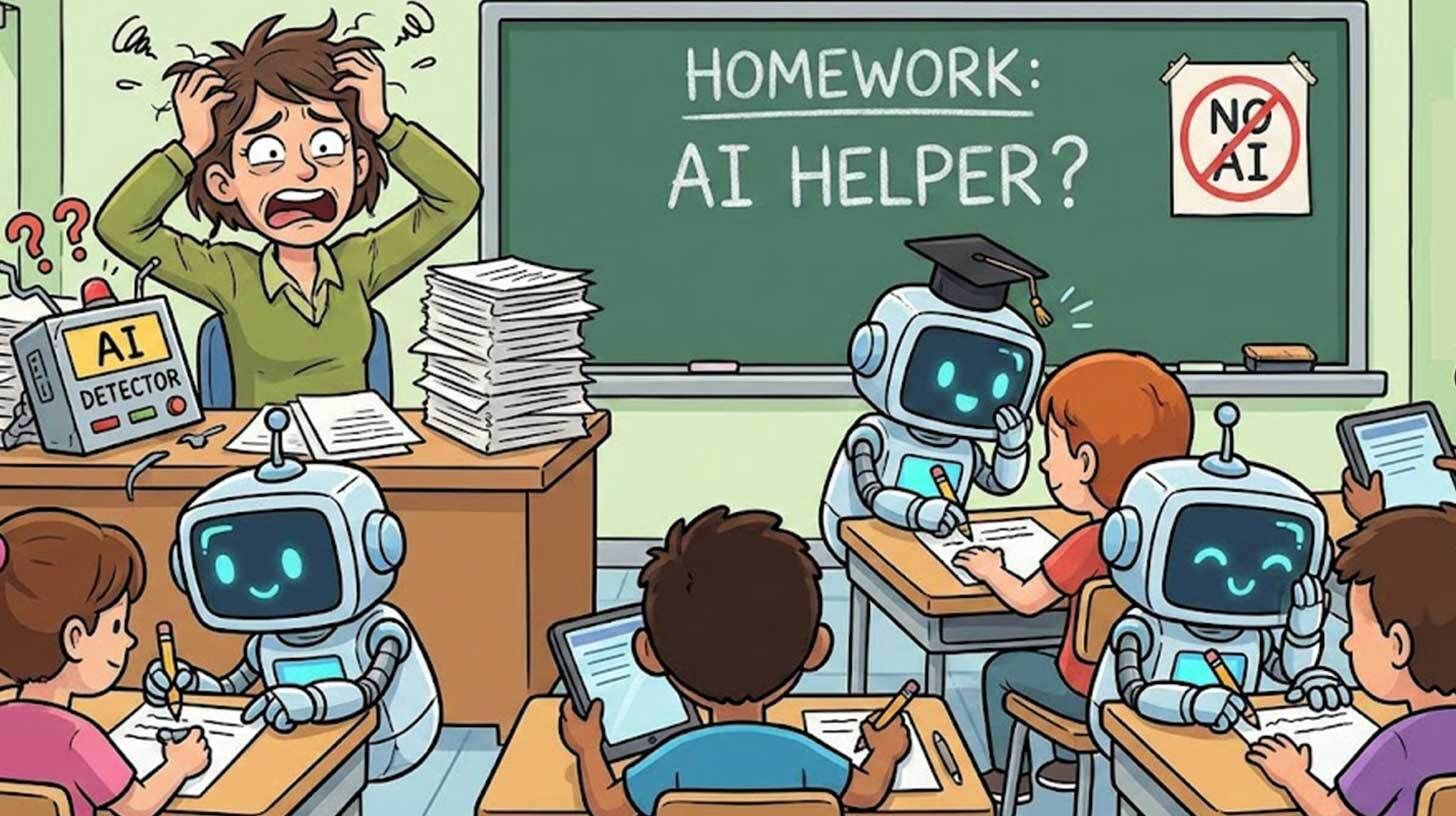
Image source: Gemini / The Rundown
The Rundown: Former OpenAI researcher Andrej Karpathy just urged educators to abandon efforts to catch AI-generated homework, arguing detection tools are broken, and that grading needs to shift back into the classroom in the AI age.
The details:
Karpathy said educators will “never be able to detect” the use of AI in homework, and that detectors “don’t work” and are “doomed to fail”.
He cited Google’s Nano Banana Pro, showcasing how it can complete exam problems correctly while mimicking students’ handwriting.
Karpathy proposed moving graded work to in-school settings over take-home assignments, while embracing AI as a learning companion outside of school.
He said education’s goal in the AI age should be for students to be “proficient in the use of AI” but also able to “exist without it”.
Why it matters: AI has accelerated much faster than schools can prepare for, turning the entire education system on its head without a clear roadmap for how to navigate the changes. With mixed opinions of the tech and implementations varying massively, it’s going to take a major effort to rewire schools for a generation growing up with AI.
TOGETHER WITH GLEAN
The Rundown: Join Glean’s flagship virtual launch event to meet the AI agents changing the future of work – and the people behind them. Hear from world-class AI researchers, business leaders, and engineers to see how agentic AI is driving a new wave of productivity and collaboration.
Register for Glean: LIVE December ‘25 to:
Hear research-backed insights on what’s improving how people lead and work with AI
Meet a new kind of AI agent and see product demos of the tech powering the next era
Explore AI opportunities that empower leaders and builders to change work for the better
Learn best practices for change management as people, agents, and processes evolve
HARVARD UNIVERSITY
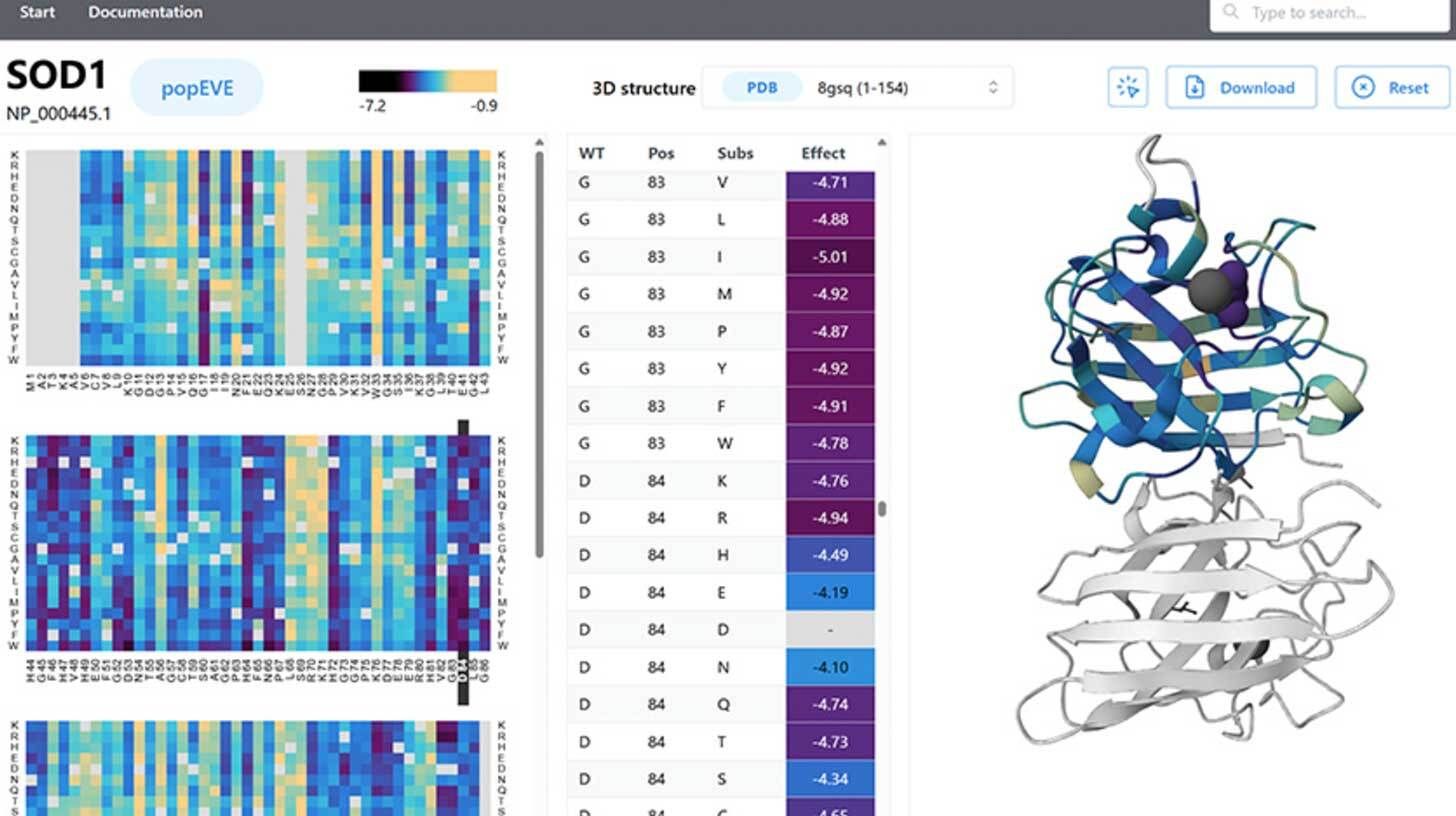
Image source: Harvard Medical School
The Rundown: Harvard Medical School introduced popEVE, a new AI genetic analysis tool that can rank harmful DNA variants across a patient’s entire genome — outperforming DeepMind’s AlphaMissense and significantly cutting false positives.
The details:
PopEVE analyzes mutation patterns across hundreds of thousands of species and then calibrates the results against databases of healthy human genomes.
Researchers applied the model to 31,000 children with severe developmental disorders, solving roughly one-third of cases that had gone undiagnosed.
The analysis flagged over 120 genes with no prior connection to the conditions, two dozen of which outside teams have since verified.
DeepMind's AlphaMissense flags 44% of people as carrying dangerous variants, popEVE drops that figure to 11% after reducing false positives.
Why it matters: There is still so much to be learned about our genome and the causes of rare genetic conditions, and models like PopEVE are coming to crack the code — expanding scientific understanding by surfacing genes no one knew to look for, and getting real diagnoses to families who've spent years without answers.
AI TRAINING
The Rundown: In this tutorial, you will learn how to use Gemini 3 Pro to study any UI design from video and turn it into a fully working landing page, complete with animations, interactions, and polished layouts that don't look AI-generated.
Step-by-step:
Find UI inspiration on Dribbble, Behance, or any live SaaS site, then download a screen recording of the scrolling page (not just a static screenshot)
Upload the video to Gemini 3 Pro (thinking mode on) and prompt: "Study this video and write a detailed prompt describing the UI in depth—layout, colors, typography, animations—then turn it into instructions for a developer"
Ask Gemini to convert the analysis into markdown format for a clean handover document, then copy the full prompt into a new Gemini chat
Adapt the prompt to your product (swap company name, concept) and add: "Create a high-fidelity interactive landing page based on this design spec and show me a live preview"—then iterate on colors, sections, or animations before exporting to Cursor, Bolt, or Replit for deployment
Pro Tip: Gemini 3.0 is great at analyzing videos for animations and UI specs and turning them into functional landing pages and websites.
PRESENTED BY YOU.COM
The Rundown: AI spend is rising, but most leaders can't measure return on investment. This comprehensive guide from You.com provides a step-by-step framework to measure, model, and maximize AI impact.
What's inside:
A practical framework for measuring and proving AI’s business value
Four ways to calculate ROI, plus when and how to use each metric
A You.com tested LLM prompt to create your own interactive ROI calculator
AI RESEARCH
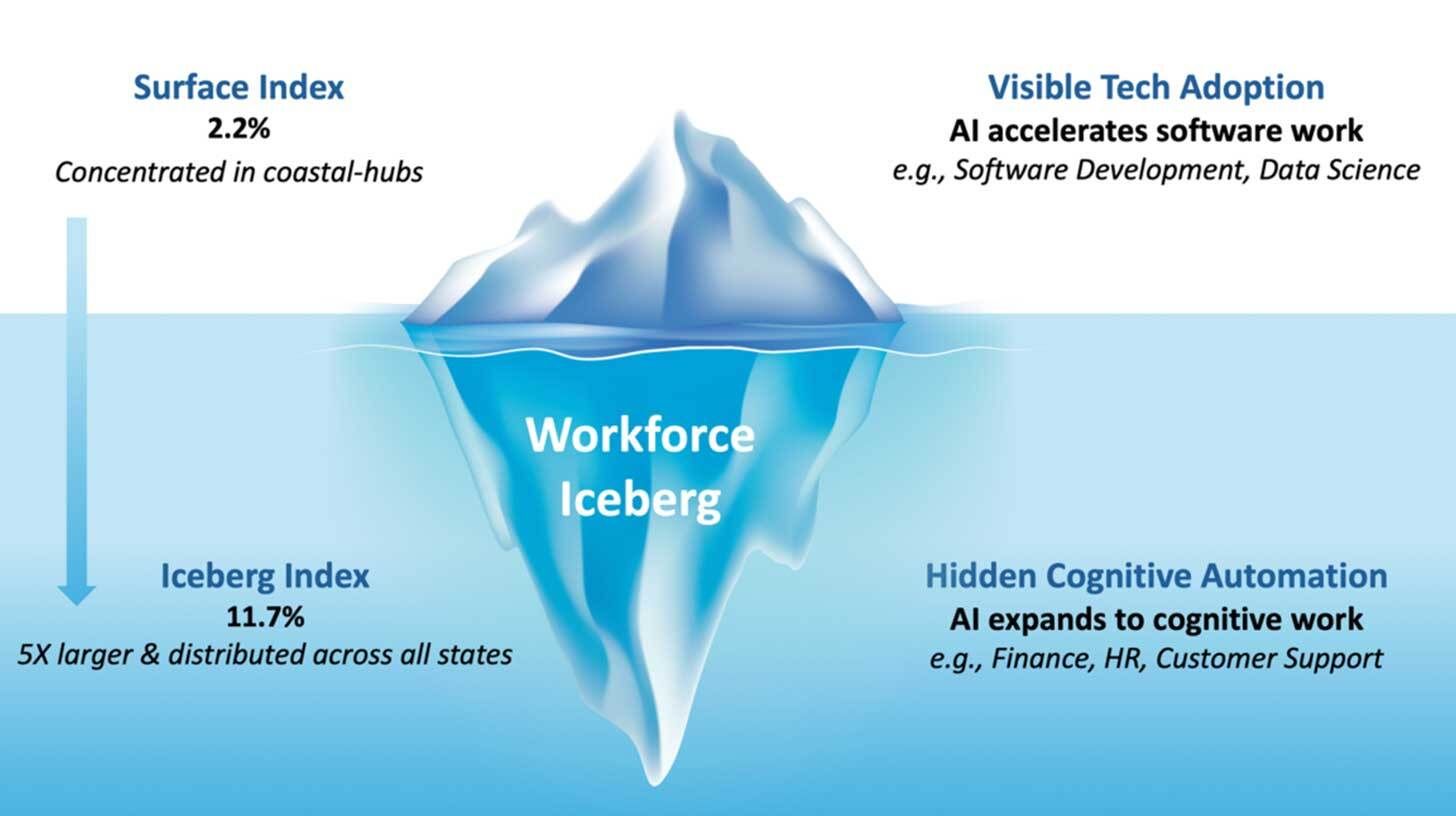
Image source: MIT
The Rundown: MIT just published a study on AI’s impact on the workforce using its ‘Iceberg Index’, a labor simulation that shows AI can handle tasks worth 11.7% of U.S. wages — a number that expands beyond the layoffs visible in the headlines.
The details:
The Iceberg Index models 151M American workers across 32,000 skills, showing where AI capabilities overlap with human job functions.
Tech layoffs represent just 2.2% of total wage exposure (around $211B), while AI’s hidden automation potential in admin and finance is as high as $1.2T.
Manufacturing states registering little tech-sector impact face the widest gaps, with roles like HR, logistics, and finance showing nearly 10x the exposure risk.
States including Tennessee, North Carolina, and Utah are already testing workforce policy scenarios on the platform before allocating real budgets.
Why it matters: Most AI workforce coverage focuses on tech industry layoffs, but this index suggests the larger exposure may sit in office and professional roles spread across every state, not just Silicon Valley — meaning the job displacement problem that many are already warning about could be a lot bigger than was already estimated.
QUICK HITS
🤖 Claude Opus 4.5 - Anthropic’s new benchmark-topping frontier model
🍌 Nano Banana Pro - Google’s new image AI with improved text rendering
🏆 Gemini 3 - Google’s new top-ranked AI model
🎆 FLUX.2 - Black Forest Labs’ new visual intelligence model
OpenAI introduced Voice Mode directly within ChatGPT’s chat threads, allowing users to leverage the feature in conversations without an entirely separate mode.
Character AI rolled out Stories, an interactive AI choose-your-own-adventure experience, designed to craft safe formats for teens.
Anthropic CEO Dario Amodei is being called to testify at a House of Representatives hearing about the company’s discovery of an AI cyberattack that used Claude Code.
OpenAI projects ChatGPT will reach 220M paid subscribers by 2030, which would place it among the world's largest subscription totals alongside Netflix and Spotify.
Perplexity launched a new virtual try-on feature alongside an updated shopping experience, allowing users to view clothing on a virtual avatar of themselves.
HP announced that the company is restructuring and cutting 4,000-6,000 jobs due to the industrywide AI shift, expecting to generate $1B in savings by 2028.
COMMUNITY
Every newsletter, we showcase how a reader is using AI to work smarter, save time, or make life easier.
Today’s workflow comes from reader Kurtis T. in Northland, New Zealand:
"I’m a creative while I am at home and not an engineer. I tend to busy myself with multiple side projects around the house. I use ChatGPT 5.1 to manage different projects, whether it be my food gardens, brand design, or training programs.
Utilizing the projects setting, I am able to file separate projects and add resource files from various places to that specific project, giving that conversation more specific reference points. Everything is organized and in its right spot, and I can simply go back into that project and kick it back off as if I had not left."
How do you use AI? Tell us here.
Read our last AI newsletter: Ilya Sutskever breaks silence on AI’s future
Read our last Tech newsletter: This device wiretaps your ‘second brain’
Read our last Robotics newsletter: Figure sued over ‘skull-crushing’ force
Today’s AI tool guide: Turn any UI into a landing page with Gemini 3 Pro
That's it for today!Before you go we’d love to know what you thought of today's newsletter to help us improve The Rundown experience for you. |
See you soon,
Rowan, Joey, Zach, Shubham, and Jennifer — the humans behind The Rundown


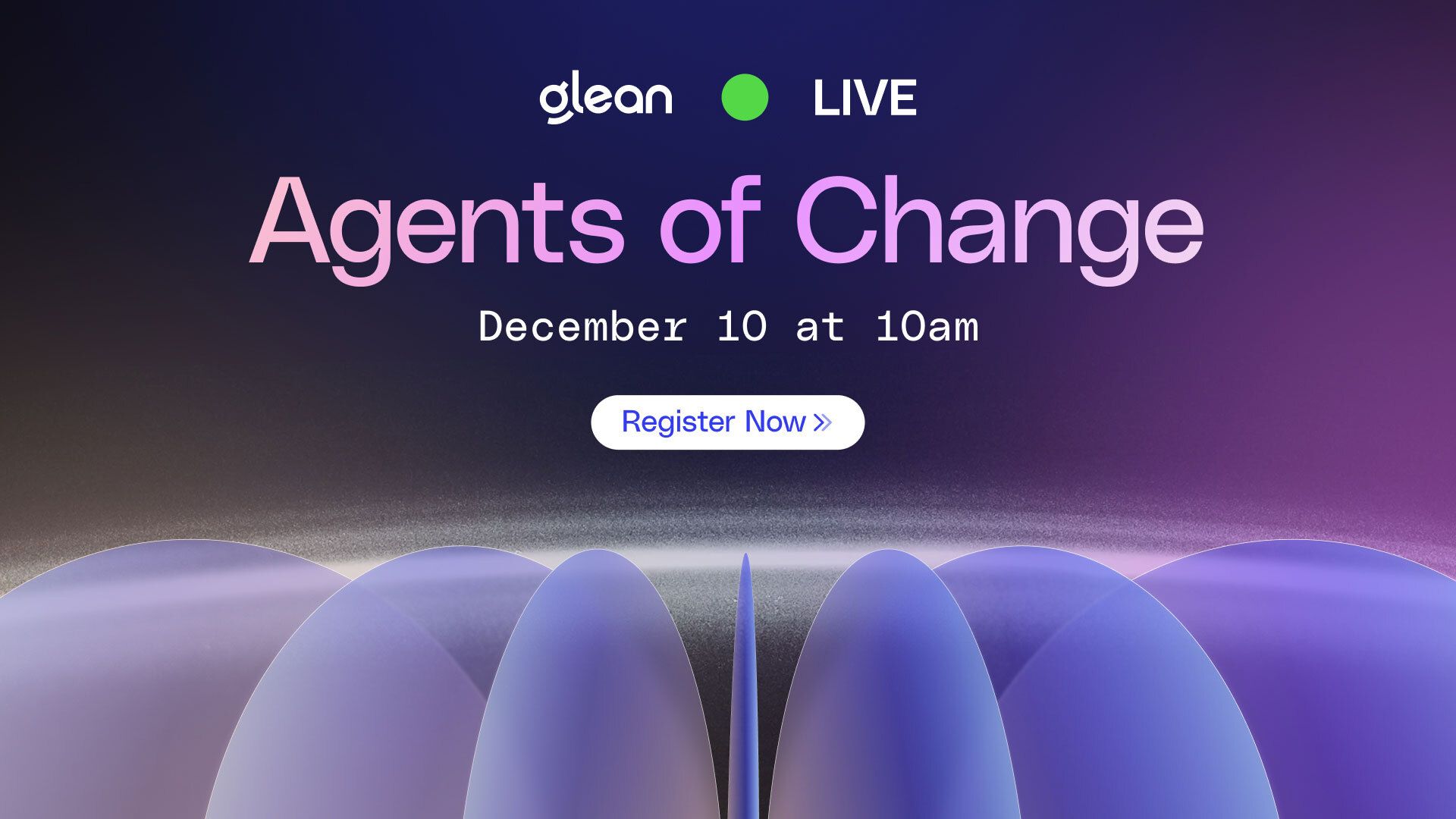
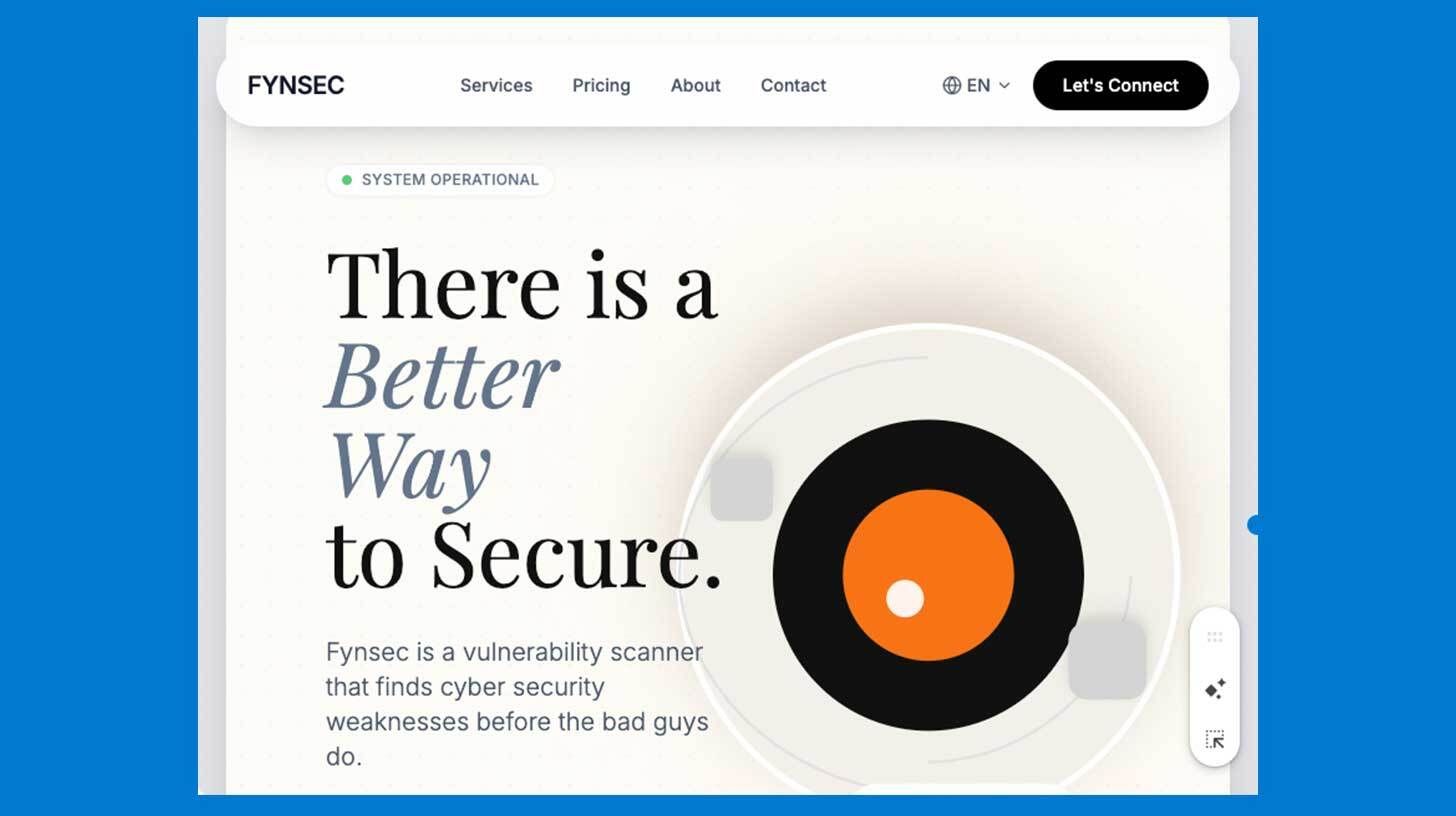
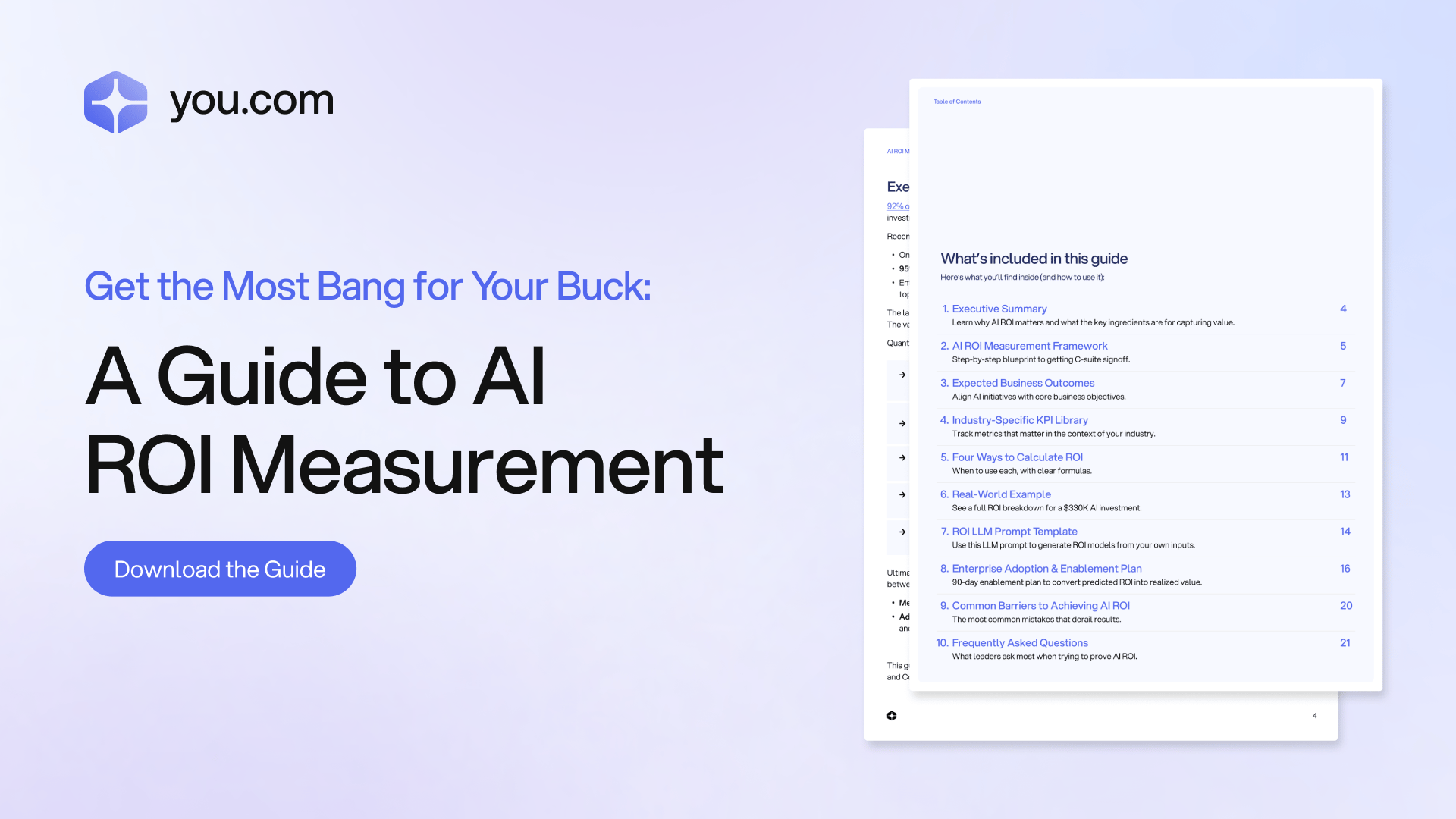
Reply